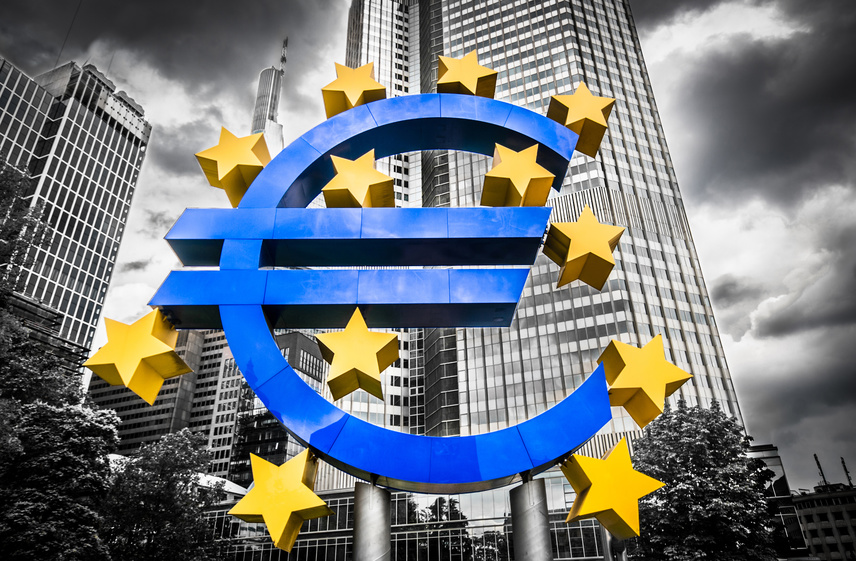The European Central Bank is not expected to change its policy at the April 2017 meeting. Nevertheless, the ECB always moves markets and this event will not be different. The key is the tone in Mario Draghi’s press conference. And the main yet unspoken driver of optimism is the result in the first round of the French elections.
Dovish Draghi or some spring happiness? Here is the preview with three scenarios.
ECB Background
Back in the March meeting, the Frankfurt-based institution removed an important clause from the statement. They omitted the phrase “use all instruments” regarding battling deflation. Draghi then clarified that there is no “sense of urgency” and sent the euro higher.
Later on, Draghi re-clarified his comments and said it only refers to the tail risks: the most extreme cases. Also, he reiterated that monetary policy will stay accommodative for a long period of time, weighing on the value of the common currency.
Other Governing Council members offered contradicting views. Some see a need for ongoing stimulus while others want to see the end of QE at the end of the year.
What’s at stake? QE tapering and the negative rate
The current QE program consists of buying 60€ billion worth of government and corporate bonds every month since April. The volume was reduced from 80€ billion in an announcement made back in December.
The program runs through the end of the year and the question is: what’s next? An extension of the current scheme? A gradual reduction, aka tapering? Or an abrupt end?
There are also questions about the negative deposit rate, currently at -0.40%. It is hard to see it falling below this level. But when will the ECB begin “normalizing it”?
What the ECB considers – lots of politics
The favorable outcome of the French elections undoubtedly plays a role in the ECB’s mood. While they may find it hard to admit it publicly, Macron’s high chances of becoming the next French president could stir the members towards an optimistic mood.
Macron is pro-Europe, pro-euro and pro-market. Marine Le Pen, which is expected to lose, wants a referendum on EU membership. An existential threat to their institution has lower chances.
The ECB also might find hope in upbeat growth figures. They have done so in the past. Business and consumer surveys also look positive.
What about inflation? March’s figures were very disappointing. They showed headline inflation falling back to 1.5% and worse off, core inflation slipping to 0.7%, the lowest in a year.
Nevertheless, there are expectations for a pick up in April. Draghi and his colleagues could dismiss March as a one-off and point to the positive trend.
ECB and EUR scenarios
- Optimism: Seeing the glass half full has the highest chances, given the elections in France. It could paint all the figures in a positive manner. If Draghi is optimistic, EUR/USD could extend its trend within the channel. This scenario has the highest probability.
- Balanced, cautious: If Draghi stresses a “data-dependent” institution and offers no clear sentiment on the current situation, EUR/USD could wobble for a while. Later on, it could continue higher. This has a medium probability.
- Dovish Draghi: Probably not this time. The Italian has been pessimistic in the past and would not like a very strong euro. However, it is hard to see him dragging the euro down this time. An attempt to push down the euro could wait for the next meeting in June.
More: EUR: Dip buying is the way to go- two opinions
